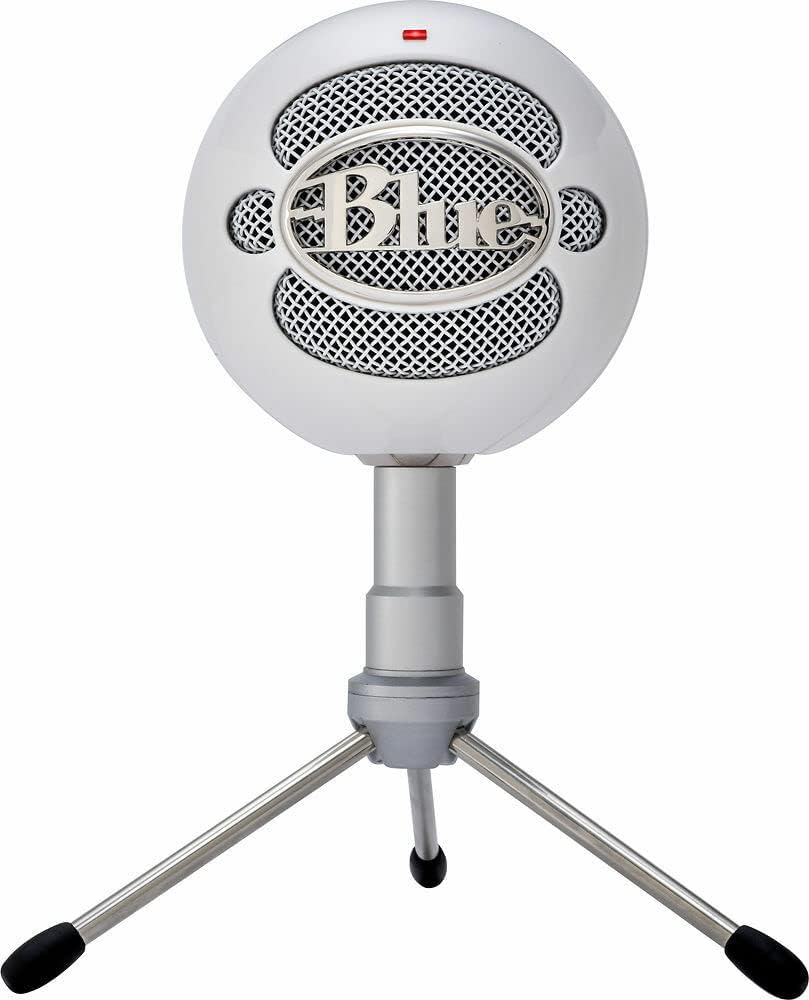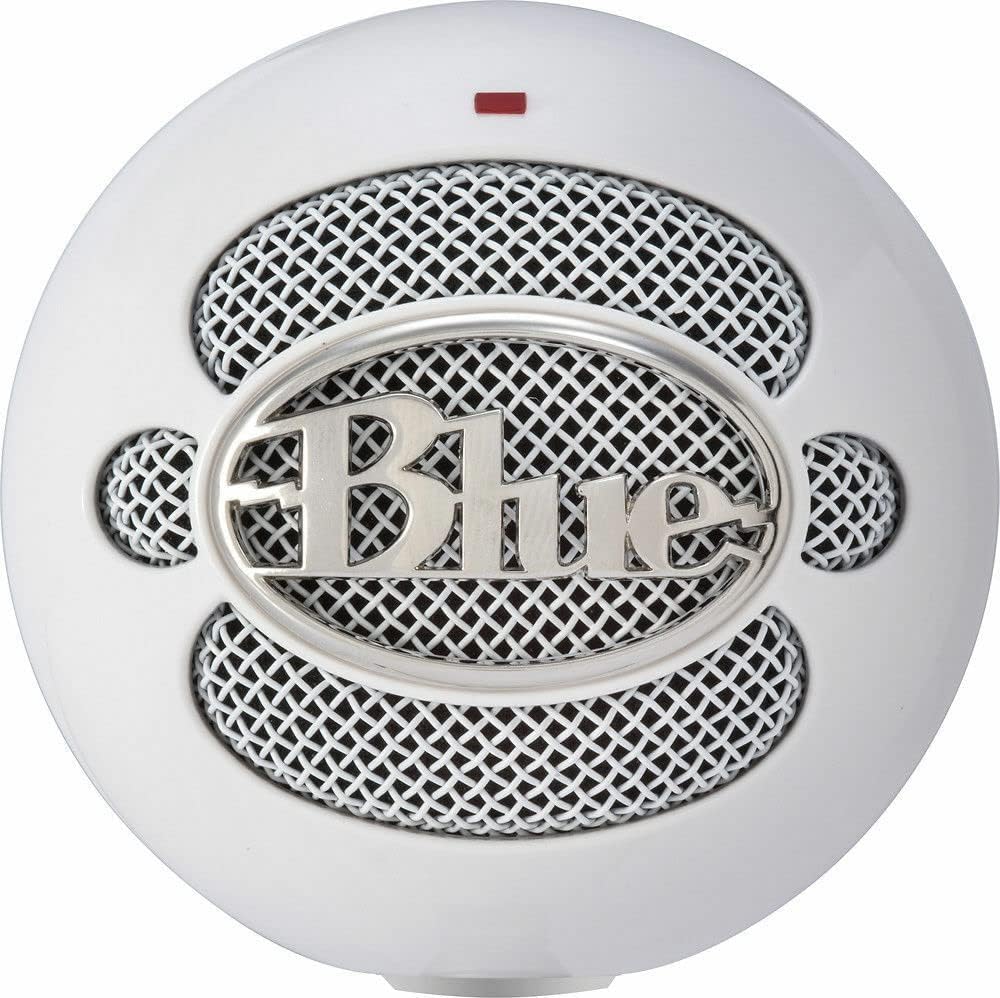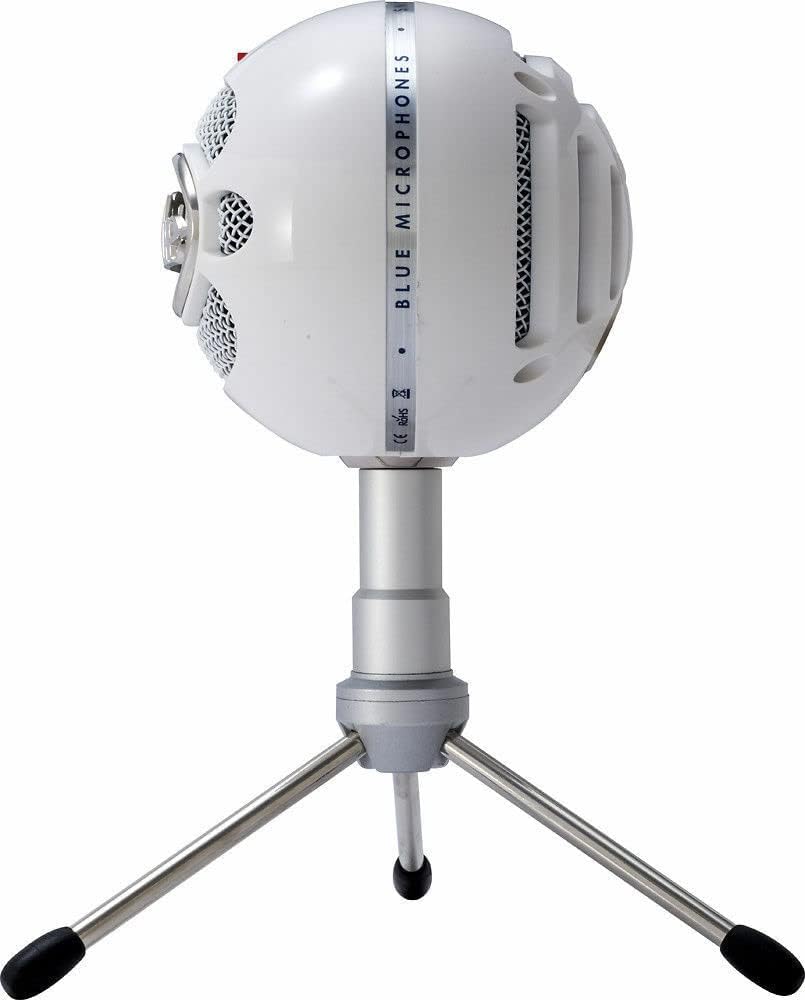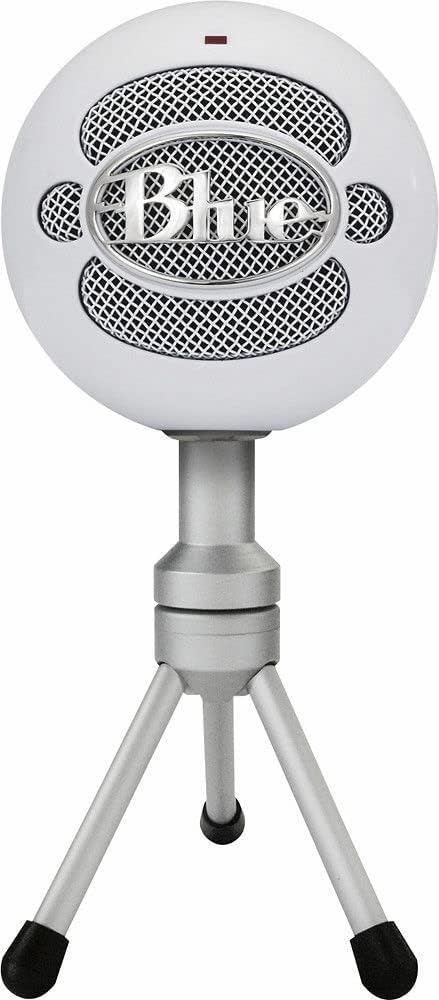Blue Snowball iCE Review
The Blue Snowball iCE is a well-known name in the world of USB microphones, celebrated for its affordability, ease of use, and decent sound quality. Whether you’re a budding podcaster, a gamer looking to improve your voice chat, or a remote worker needing a reliable mic for video calls, the Snowball iCE often appears as a go-to recommendation. But how does it hold up in 2025, with an ever-growing market of audio gear vying for attention? In this review, we’ll explore the Blue Snowball iCE’s design, performance, features, and value proposition to help you decide if it’s the right microphone for your needs.
Blue Snowball iCE Review
The Blue Snowball iCE is an entry-level USB microphone from Blue, a brand synonymous with accessible audio solutions. Blue, now under Logitech’s umbrella, has built a reputation for delivering microphones that strike a balance between quality and price. The Snowball iCE is a simplified version of the original Snowball, stripping away some features (like multiple polar patterns) to focus on plug-and-play simplicity and affordability. Priced typically between $40 and $60, it’s marketed toward beginners who want a step up from built-in laptop mics without breaking the bank.
Design and Build Quality
The Snowball iCE’s design is one of its most distinctive traits. Shaped like a retro-inspired orb (hence the “Snowball” name), it stands out from the sleek, cylindrical designs of many modern USB mics. Available in black or white finishes, it has a playful yet functional aesthetic that appeals to casual users and content creators alike. The microphone measures about 10.6 inches in circumference and weighs around 1 pound, making it compact enough to sit unobtrusively on a desk but substantial enough to feel sturdy.
The build is primarily plastic, which keeps costs down but doesn’t inspire confidence in long-term durability. That said, the Snowball iCE feels solid for its price range, with no rattles or creaks during handling. It comes with a simple tripod stand featuring adjustable legs, allowing you to tilt the mic to your preferred angle. The stand is lightweight and functional, though it’s not the most stable—users with heavy-handed desk habits might find it prone to tipping. For those wanting a more professional setup, the mic has a threaded mount on the bottom compatible with standard mic stands or boom arms (with an adapter, sold separately).
On the back, you’ll find a single USB port for connectivity and a small LED indicator that glows red when the mic is powered on. There are no onboard controls—no gain knobs, mute buttons, or headphone jacks—which reinforces its plug-and-play ethos but limits flexibility compared to pricier options.
Setup and Compatibility
Setting up the Snowball iCE couldn’t be simpler. It’s a USB microphone, meaning it connects directly to your computer via a USB-A cable (included in the box) and draws power from the port—no external power supply or audio interface required. It’s compatible with Windows (7 and up), macOS, and even some Linux distributions, making it versatile across platforms. The mic is also certified for use with popular software like Zoom, Discord, Skype, and OBS, ensuring it works seamlessly for streaming, gaming, or remote work.
There’s no software required for basic operation—it’s truly plug-and-play. However, Blue offers its Sherpa app (now Logitech G HUB for some products) for firmware updates and basic customization, though the Snowball iCE’s feature set is too minimal to benefit much from it. For most users, the lack of complicated setup is a plus, especially if you’re new to recording or streaming.
Sound Quality
The heart of any microphone is its audio performance, and the Snowball iCE delivers a respectable showing for its price. It features a single cardioid polar pattern, which means it picks up sound primarily from the front while rejecting noise from the sides and rear. This makes it ideal for solo recording, voiceovers, or calls where you want to minimize background noise.
The Snowball iCE uses a condenser capsule with a frequency response of 40 Hz to 18 kHz. This range captures the human voice well, delivering clear mids and highs with a slight boost in the upper frequencies that adds brightness to recordings. Bass response is adequate but not particularly deep—don’t expect the rich low-end warmth of higher-end mics like the Blue Yeti or Audio-Technica AT2020USB+. For speech-focused applications, though, this isn’t a major drawback.
In testing, the Snowball iCE performs admirably for casual use. Voices come through crisp and intelligible, with enough clarity to make podcasts or streams sound professional without additional processing. However, it’s sensitive to plosives (those “p” and “b” pops), so a pop filter (not included) is recommended for optimal results. It also picks up some room noise if you’re in an untreated space, though its cardioid pattern helps mitigate this compared to omnidirectional mics.
For music or more demanding applications, the Snowball iCE shows its limitations. The 16-bit/44.1 kHz sample rate is standard for budget USB mics but falls short of the 24-bit depth offered by competitors like the HyperX SoloCast or Rode NT-USB Mini. This means it’s not the best choice for recording instruments or high-fidelity audio. Still, for its target audience—beginners and casual creators—it punches above its weight.
Features and Limitations
The Snowball iCE keeps things minimalistic. Unlike the original Snowball, which offered switchable cardioid and omnidirectional patterns, the iCE sticks to a single cardioid mode. There’s no headphone jack for zero-latency monitoring, no gain control, and no mute button—features you’d find on step-up models like the Blue Yeti or even the budget-friendly Fifine K669B. This simplicity is a double-edged sword: it makes the mic dead-easy to use but leaves advanced users wanting more control.
The lack of onboard features also means you’re reliant on your computer’s audio settings or third-party software (like Audacity or a DAW) to adjust input levels or apply effects. For most casual users, this won’t be an issue, but it’s worth noting if you plan to grow into more sophisticated setups.
Use Cases
The Blue Snowball iCE shines in specific scenarios:
- Podcasting and Voiceovers: Its clear vocal reproduction and cardioid pattern make it a solid choice for solo podcasters or narrators on a budget.
- Streaming and Gaming: Paired with a pop filter, it’s great for Twitch streamers or Discord chats, offering better quality than headset mics.
- Video Calls: For Zoom or Teams meetings, it’s a significant upgrade over laptop mics, delivering professional-sounding audio.
- Casual Recording: It’s suitable for beginners dabbling in audio projects, though musicians might outgrow it quickly.
It’s less ideal for group recordings (due to the single polar pattern), noisy environments (without acoustic treatment), or high-end production work requiring nuanced sound capture.
Pros and Cons
Pros:
- Affordable price point ($40–$60)
- Simple plug-and-play setup
- Decent sound quality for speech
- Eye-catching, compact design
- Wide compatibility with devices and software
Cons:
- No onboard controls (gain, mute, etc.)
- Limited to cardioid pattern
- Plastic build feels budget-grade
- Sensitive to plosives without a pop filter
- Tripod stand is flimsy
Comparison to Competitors
How does the Snowball iCE stack up against other budget USB mics in 2025? Let’s compare it to a few popular alternatives:
- Fifine K669B ($30–$40): Cheaper than the Snowball iCE, the K669B offers a metal build and a volume knob but lacks the Snowball’s brand recognition and slightly warmer vocal tone. It’s a toss-up based on budget and preference.
- HyperX SoloCast ($50–$60): The SoloCast adds a tap-to-mute feature and a smaller footprint, with comparable sound quality. It’s a better pick for gamers or those needing mute functionality.
- Blue Yeti Nano ($90–$100): A step up from the iCE, the Yeti Nano offers dual polar patterns and a headphone jack. If your budget allows, it’s a more versatile option.
- Audio-Technica ATR2500x-USB ($100–$120): With superior sound and build quality, this mic outclasses the Snowball iCE but costs twice as much.
The Snowball iCE holds its own as a beginner-friendly option, though it’s outshone by competitors with more features at similar or slightly higher price points.
The Bottom Line
The Blue Snowball iCE is a solid entry-level USB microphone that delivers on its promises: affordability, ease of use, and decent sound quality for beginners. Its retro design and plug-and-play nature make it an appealing choice for podcasters, streamers, or remote workers dipping their toes into audio gear. However, its lack of advanced features and middling build quality mean it’s not a long-term solution for serious creators or those needing more control.
If you’re starting from scratch and want a no-fuss mic that gets the job done, the Snowball iCE is a worthy contender. But if your ambitions—or budget—stretch further, you might find better value in a slightly pricier alternative. For its target audience, though, the Snowball iCE remains a cool little mic that proves you don’t need to spend big to sound good.




